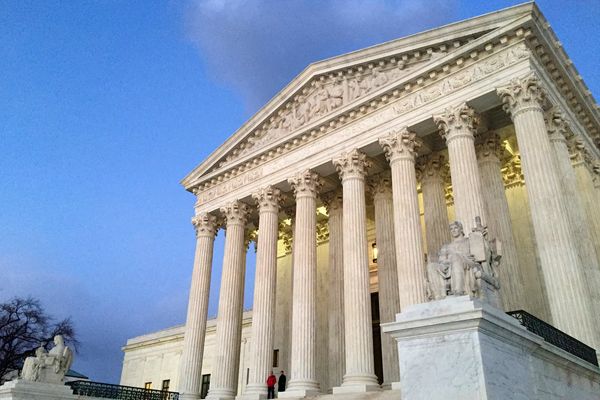
The recent surge in violence in the northern Mexican state of Sinaloa has been attributed to internal strife within the dominant drug smuggling cartel operating in the region. The conflict stems from the detention of two top cartel leaders on July 25, leading to a power struggle within the organization.
Last month, a high-ranking member of one faction of the Sinaloa cartel surrendered to U.S. authorities, while allegedly coercing the leader of a rival faction to accompany him. This move has intensified tensions within the cartel, as the battle for control escalates.
Mexican authorities find themselves in a precarious position, as they seek to avoid direct involvement in the cartel's internal dispute. Both factions possess incriminating information that could implicate officials, deterring the government from taking decisive action.
The recent spate of violence, including a series of murders, has been directly linked to the ongoing feud between rival factions of the cartel. State officials have acknowledged the connection and appealed for peace amidst the escalating conflict.
President Andrés Manuel López Obrador has expressed concern over the situation in Sinaloa, emphasizing the need to prevent further violence and maintain stability in the region. The president's approach to drug cartel activities has focused on minimizing conflict rather than aggressive intervention.
Analysts suggest that the captured drug lord, who possesses sensitive information about corrupt officials, may be leveraging this knowledge to influence the succession process within the cartel. The potential release of damaging information poses a significant threat to implicated individuals.
The recent killings, characterized by brutal methods and apparent targeting of specific individuals, underscore the escalating tensions within the cartel. The destruction of a prominent cartel family tomb further highlights the internal rivalries and power struggles at play.
The conflict within the Sinaloa cartel reveals a complex web of alliances and rivalries, challenging the perception of a unified criminal organization. As violence continues to escalate, the region faces uncertainty regarding the future leadership and operations of the cartel.







